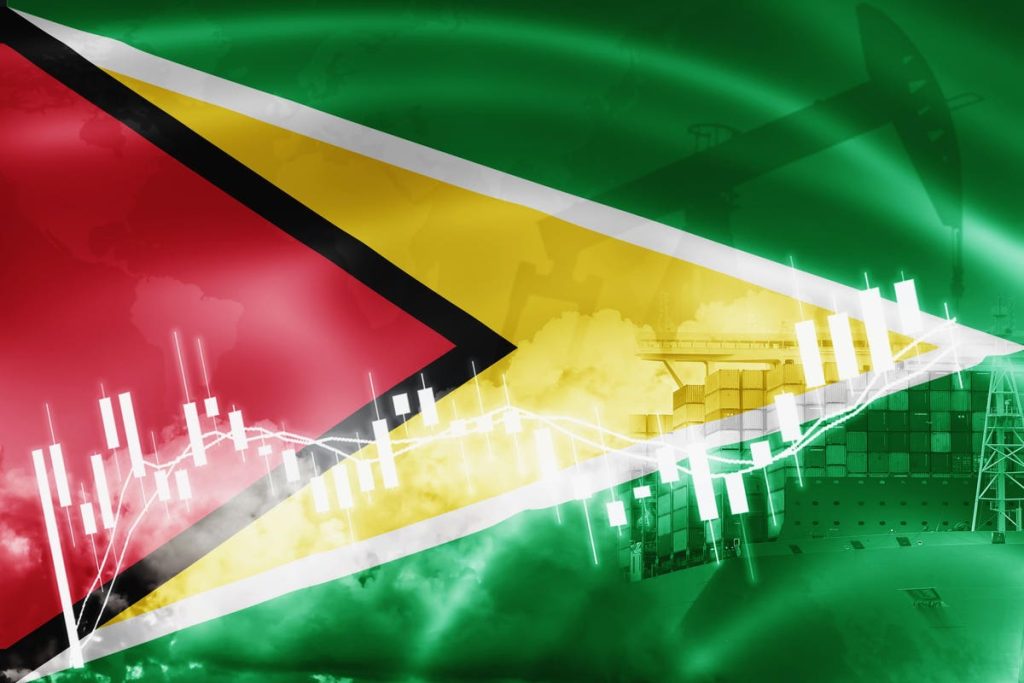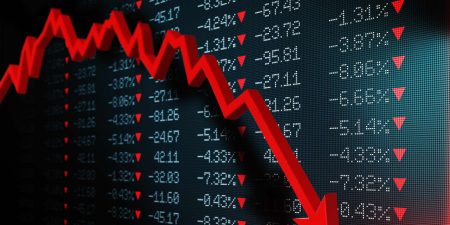A change of mammoth proportions is happening in Guyana and it has sent oil market commentators scrambling to revise their medium-term global market outlook. That’s because this micro-state in Latin America – with a population of less than a million people – is in the midst of a full-blown oil production boom, and is now one of the industry’s most promising investment frontiers.
Guyana’s headline crude production came in at less than 100,000 barrels per day (bpd) as recently as 2020. But it has since grown nearly four-fold to 383,000 bpd in 2023, and is still growing, according to the country’s Ministry of Natural Resources. At the heart of this phenomenal increase is an ExxonMobil
XOM
Alongside ExxonMobil are Hess
HES
If that materializes, the figure will represent just above 1% of total global oil production based on current projections, and catapult Guyana up to third on the list of leading crude producing nations in Latin America and the Caribbean. Barely a few quarters on from Hess’s comments, everyone is the energy markets is taking about it.
Rumours have even surfaced about Guyana being invited to join the Organization of Petroleum Exporting Countries (OPEC), only to be swiftly denied by the producers’ group. That at a time when global oil supply models are incrementally featuring the country in a list of viable non-OPEC producers such as Canada, Norway, U.S. and its neighbour Brazil.
The ongoing boom has also repeatedly made the International Monetary Fund (IMF) revise its GDP forecast for Guyana. It is presently tipped to grow an impressive 37% year-on-year in 2023, and the size of the economy could potentially double by 2027 – the year it is tipped to hit the 1.2 million bpd production mark.
Admittedly, oil markets are and have always been volatile but with crude prizes currently around $80 per barrel, we are talking eye-watering sums for a nation presently deemed to be impoverished by several financial metrics.
Georgetown takes charge
Unsurprisingly, Guyana has declared it’s intentions of wanting to take charge of this boom, initially bought into public view by ExxonMobil’s over 30-plus discoveries in the Stabroek Block since 2015. And the block isn’t the only game in town. Canada’s CGX Energy and Frontera Energy Corporation are focussing their efforts on the Corentyne Block.
The big prize at the end of it all – 11 billion barrels of proven reserves (so far). All eyes will be on Guyana’s capital Georgetown around mid-August; the stage for its much-delayed but also highly anticipated auction of 14 further blocks for hydrocarbon exploration. The move is clearly designed to loosen the grip of ExxonMobil and devise an improved production and sharing agreement (PSA) framework.
Terms are yet to be made public, but the new PSA could have a 10% royalty clause. Such a rate would be five times that of the 2% royalty bagged by the ExxonMobil consortium when Guyana’s industry was in its infancy. But despite the potential hike, it would still be at the lower end of the royalty scale in Latin America. Additionally, a 10% corporation tax has also been implemented with high hopes of a successful 2023 auction round.
But where from here for the relationship between ExxonMobil and Guyana? The supermajor says it will study the new PSA framework from Georgetown when it is published for the upcoming auction round. Meanwhile, a Reuters report in June, suggested that both parties are also in talks for a return of unexplored offshore prospects to the Guyana government as early as October.
Under the original contract inked between Guyana and ExxonMobil in 2016, the latter was required to hand back at least 20% of unexplored acreage over a specified time-frame. Guyana can subsequently re-market the prospects to other interested parties. Doubtless there are likely to be quite a few of those waiting in the wings.
Read the full article here















